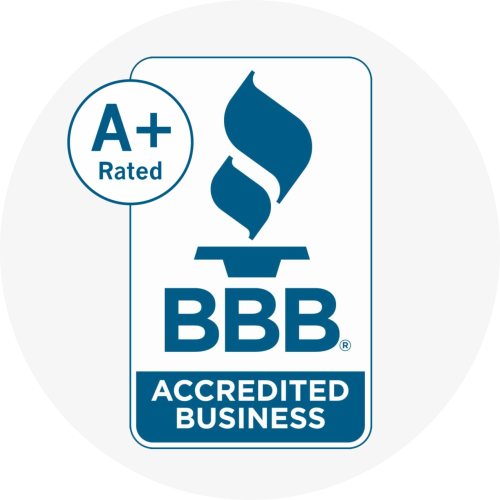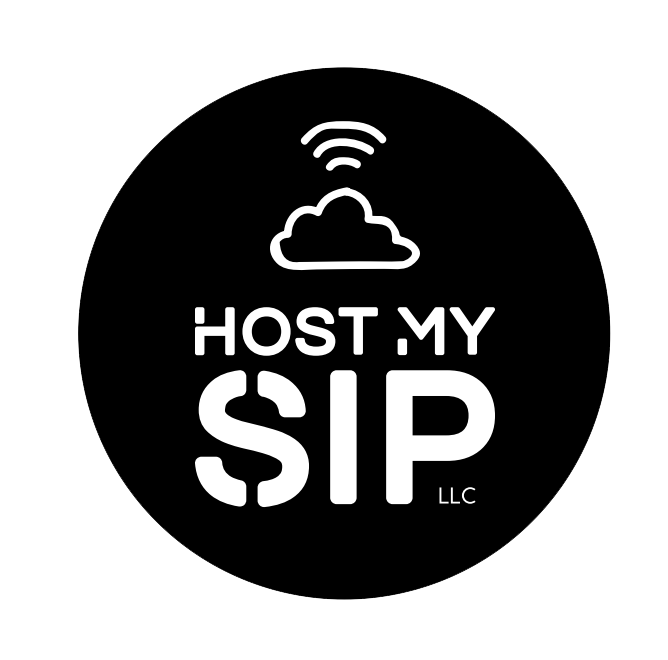When it comes to understanding the concept of SIP, VoIP, and PBX, it is best to think of them in their own right, as they have separate roles and work together in the communication sphere.
In this article, we will discuss what each tool is and will delve into the key differences between them. Let’s get started.
What Is SIP?
Session Initiation Protocol (SIP) is a signaling protocol that establishes, manages, and terminates calls over the internet or private IP networks.
These sessions can be audio or video calls, instant messaging conversations, or any other type of communication between two parties online.
How Does SIP Work?
A session always begins when a person initiates it by dialing another person’s phone number or sending an email invitation via an online service like Gmail or Yahoo Mail. The recipient responds by accepting the call/invitation or declining it.
If accepted, both parties connect and communicate via SIP through cellular data networks for mobile phones and wired networks for desktops and laptops.
They connect at their respective locations with an audio quality that’s indistinguishable from traditional landlines.
Features Of SIP
Some of the features of SIP-telephony include:
International Calling
You can call any phone number worldwide, including numbers in other countries.
Conference Calls
You can set up conference calls with up to 25 participants.
Call Forwarding
Forwarding a call to another number assists the original callers to be connected with the forwarded number on the call.
Call Waiting
If someone else wants to reach you while you’re on another call, they’ll hear a tone and be kept on hold until the other call ends or until you answer them.

What Is VoIP?
Voice over Internet Protocol (VoIP) is a technology that allows you to make phone calls over the internet instead of using traditional phone lines.
This means that you can make and receive calls from any internet-connected device, including smartphones, tablets, computers, and laptops.
How Does VoIP Work?
VoIP uses your broadband internet connection to transmit voice data over the internet. The system converts this data into audio signals and transmits it over the telephone network to its destination.
The technology behind VoIP is packet switching, which is similar to how email works. The system breaks down into smaller data packets when you make a call through VoIP phone systems. These travel across multiple networks to reach their final destination.
Each packet has header information that alerts where it needs to go next and how long it should wait before trying again (if there is no response from the previous network).
These small packets assemble into one call. They are then reassembled into their original forms and delivered as a call on your computer or mobile device screen.
Features of VoIP
The main features of VoIP telephony include the following:
Low Cost
Since call transmission is over the internet, there are no long-distance charges. You can make calls anywhere in the world at low rates.
You can even use your home phone number when traveling abroad and make local calls at local prices.
Convenience
VoIP technology allows you to make and receive calls from anywhere worldwide. Using your existing mobile device for making calls allows you more freedom of movement while keeping you connected with friends and family members at all times, regardless of where they are in the world.

Cost Savings
The cost of using VoIP telephony is lower than using traditional telephone services. This is because you don’t need to pay for the landline connection or call charges.
What Is PBX?
Private Branch Exchange (PBX) is a specialized type of telephone exchange that routes telephone calls from one or more locations to destinations within the organization. A PBX is the central switch in a private telephone network that provides access to individual telephones.
A PBX can connect to other communication networks like the internet or cloud services like Skype for Business Online and Office 365 Cloud PBX services. The term implies a local exchange and not long-distance services.
PBX systems may offer additional services such as automatic call distribution, call forwarding, call routing, and other call center applications.
How Does A PBX Work?
A private branch exchange telephone switchboard routes incoming calls from the public network to the desired destination within a private organization using internal extension numbers.
It also allows users to interconnect with each other by way of internal extensions or station ports.
When an outside caller dials the PBX, they reach an extension number rather than the actual person they’re trying to reach on the phone line. PBXs support many extensions but can be expensive and challenging to configure.
PBXs are widely used in large organizations, such as big businesses and universities as it routes internal telephone calls and provides interconnections between their branches or departments.

Features Of PBX Telephony
PBX telephony provides users with a large number of features, including:
Auto-attendant
A recorded message allows callers to navigate your company’s phone system without talking to a live person.
Call Forwarding
This feature allows users to redirect incoming calls to an alternative number or back to the main line if unavailable.
Call Logging
This feature allows you to see who has called, the time of the call, and the duration. This can be useful for monitoring employee productivity and for billing purposes.
How Do SIP, VoIP, And PBX Differ?
The key differences between SIP, VoIP, and PBX include:
Technology
The biggest difference between SIP vs. VOIP vs. PBX is that SIP allows voice calls over the internet, while VoIP works by converting analog voice signals into digital data packets for transmission over the internet.
SIP is an open communication standard for LTE, Wi-Fi, or Ethernet networks. It supports features like multicasting and video conferencing over IP (VCIP).
PBX on the other hand, allows users to make calls through a traditional circuit-switched network. Each extension number connects to an individual line or trunk.
Uses
SIP and VoIP may be ideal for small businesses and home offices where a single person typically uses the phone system. You can use SIP phones with any VoIP service provider, including free or low-cost providers like Google Voice or Skype.
If you want to use your phone number, you’ll need an additional device called an ATA (analog telephone adapter).
PBX is useful for big companies that have many employees spread across the globe.

Application Layer Protocol
Another key difference between SIP and VoIP is that SIP is an application-layer protocol, whereas VoIP uses internet protocol connectivity to deliver calls over the internet. On the other hand, PBX uses a telephone network to connect callers.
The phone network comprises switches that route calls from one extension to another based on the dialed number.
Conclusion
SIP, VOIP, and PBX are all pertinent tools in the realm of business communication. While each brings with it its own set of strengths and uses; ultimately, the three can also work seamlessly together to provide immense efficiency in the overall communication system.









